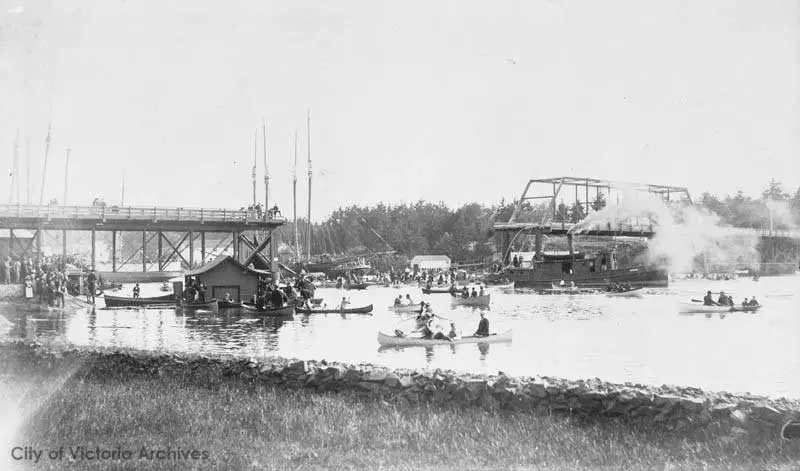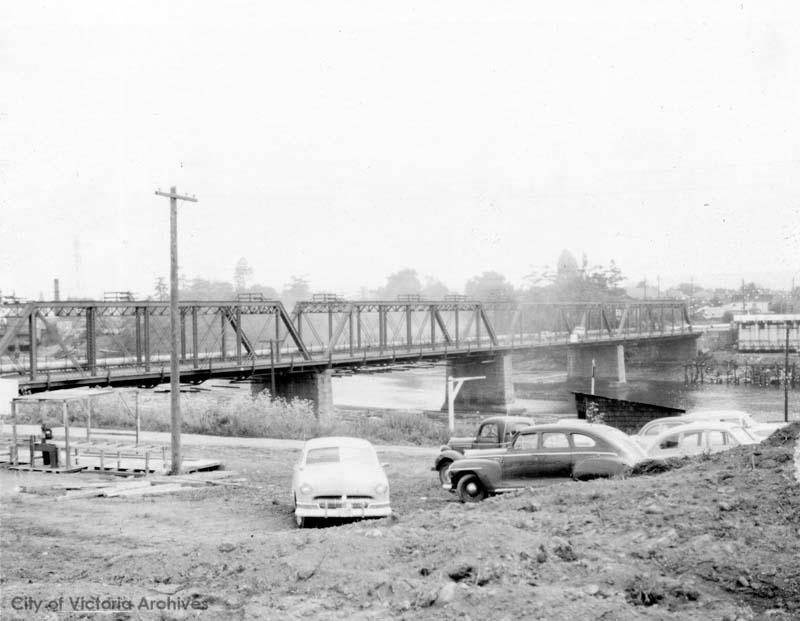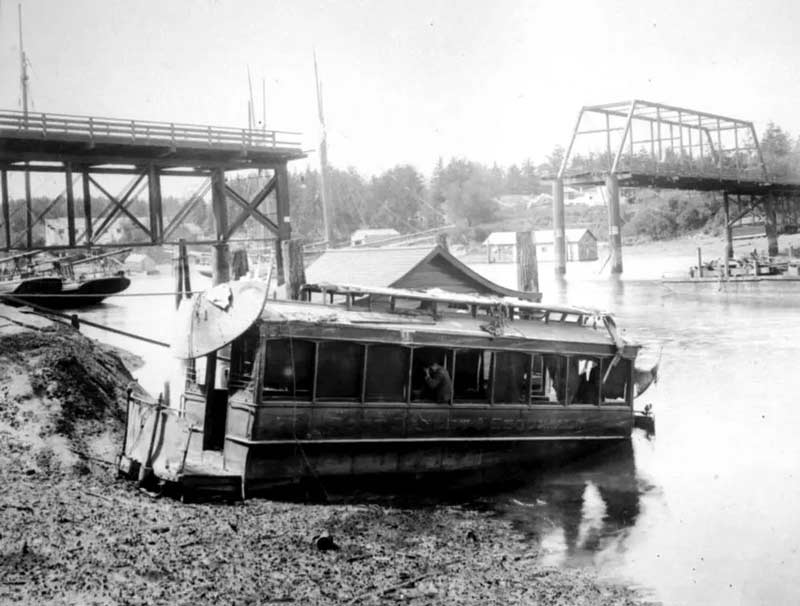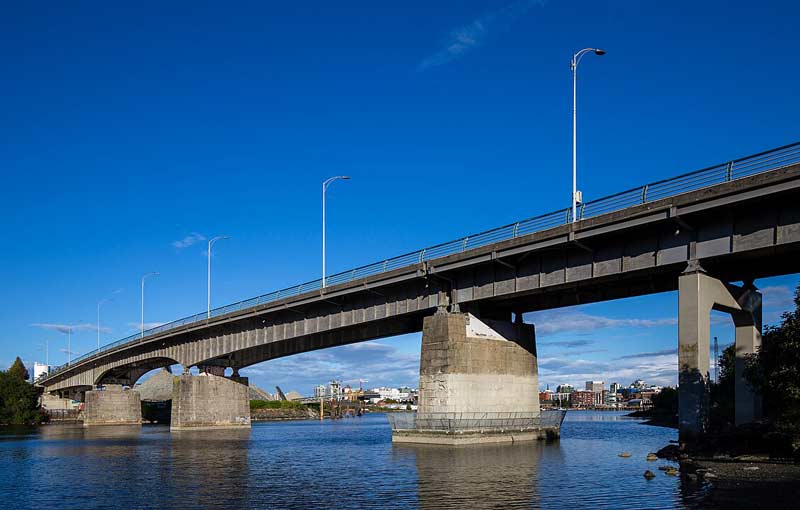
Celebrating Queen Victoria’s 76th birthday in 1896, the city named in her honour, the British Columbia capital, had pulled out all the stops. The multi-day party attracted hundreds of people, and its conclusion on May 26 was supposed to end with a military review and “sham battle” at Macaulay Point.
But as people travelled to the event by every conceivable method of transportation—boat, bicycle and buggy included, tragedy befell the city: At about 1:50 p.m., the Point Ellice Bridge collapsed, sending 143 people into Victoria Harbour and killing 55. It was the worst streetcar accident in North American history.
“It was a ghastly scene,” Vancouver Sun reporter John Mackie wrote.
And while another year separates locals from this macabre history, many residents of Victoria are still fascinated by the worst disaster the city has ever seen.
Connecting the Upper Harbour of Victoria to Esquimalt, the Point Ellice Bridge had already been through numerous facelifts before that fateful spring morning. First built as a wood pile bridge in 1861, it was later rebuilt in 1872.
Metal eventually replaced wood in 1885 when the San Francisco Bridge Company built an $11,000 iron bridge to accommodate more traffic.
Originally designed to carry 60 people, No. 16 was instead carrying a whopping 143.
In 1889, however, the Victorian Tramway Company looked to test the bridge’s strength in hopes of adding streetcars to its carriage, wagon and pedestrian traffic. While the San Francisco Bridge Company surmised it wouldn’t be possible, a Tramway Company engineer reassured them that the bpan was safe for streetcars.
“No precautions were taken by anybody,” The Province wrote.

Surprisingly, the bridge had already collapsed from streetcar No. 16 in 1892.
“But the warning fell on deaf ears,” The Province continued. “Nothing was done.”
So, in the early afternoon of May 26, 1896, No. 16 became a problem once again.
Originally designed to carry 60 people, No. 16 was instead carrying a whopping 143. As it attempted to make its way down the bridge, an ungodly cracking noise hit passengers’ ears.
“An ominous sound was heard that told of something giving way and soon the middle span of the bridge, about 150 feet in length, swerved,” the Daily Times wrote.
Timber and iron fell into the harbour along with the car, while debris was killing victims before they had even touched the water. Passengers tried to grab onto whatever they could in the harbour and others attempted to swim to safety, but many were trapped in the sinking streetcar and drowned.
Locals instantly became volunteers for a spur-of-the-moment rescue mission, accompanying boats and the fire department to locate people—alive or dead. One neighbouring household even went so far as to temporarily use their property as an open-air morgue.
“Very bright sunshine—but a day of mourning.”
According to The Daily Colonist, 47 bodies were located on the scene, but the total reached 55 the following day.

After the disaster, lawsuits flared wild, and on May 21, 1897, the jury found the city of Victoria solely responsible for the collapse.
A little more than a month after the disaster, Engineering News wrote about the Point Ellice Bridge collapse, stating: “It is not the bridge-building companies who are to blame for this dangerous economy in laying down live loads for structures… Those who are to blame are the designers of structures and those who employ them and insist on a trivial economy at the expense of safety.”
“[An engineer] is to stand out for what he knows to be safe.”

Advertisement












